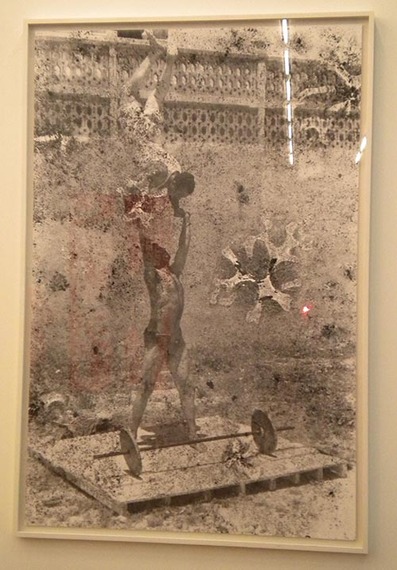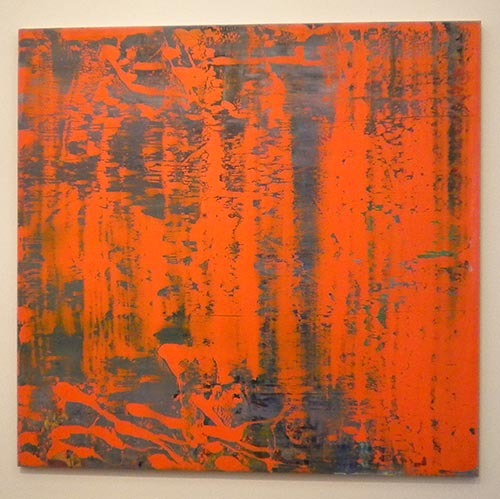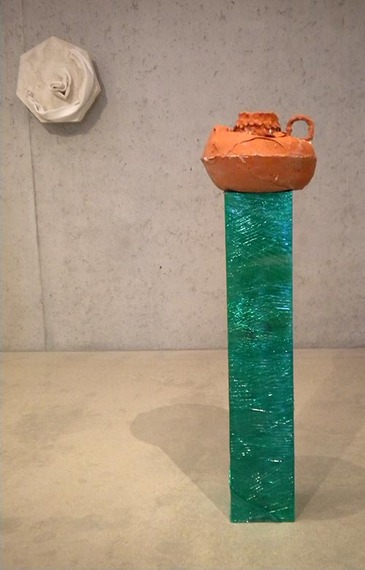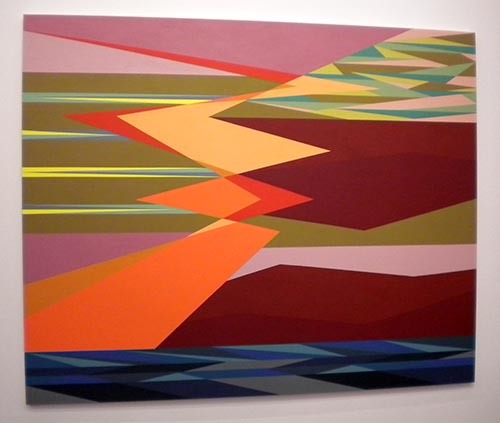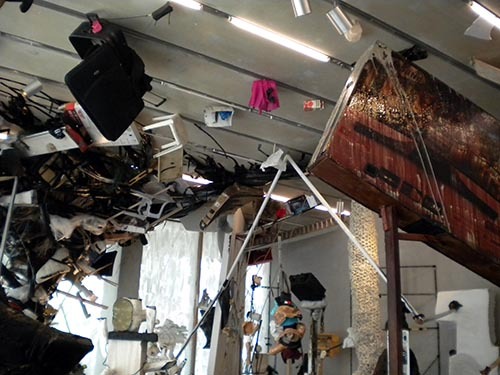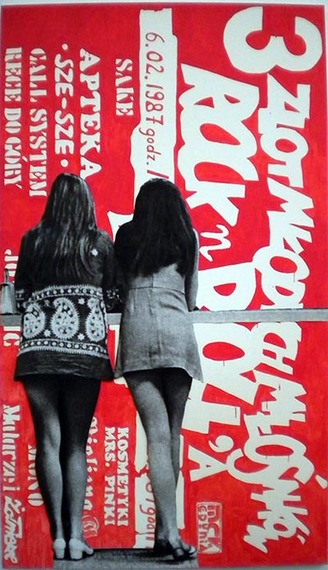A Lebanese image from the past exhibited in an avant-garde Miami edifice bearing a Hispanic name?
Why not?
I was pleasantly surprised on a recent visit to the city to find a photo entitled "Bodybuilders" shot by Hashem El Madani from the southern Lebanese port city of Sidon at the Pérez Art Museum Miami (PAMM).
The picture, shot in 1948, was salvaged from a damaged negative, and brought to life by Akram Zaatari, another Sidonian, with an eye for archival material.
Zaatari, a noted photographer, filmmaker and curator, co-founded the Arab Image Foundation in 1997 to locate and preserve his country's -- and the Middle East's -- photographic archives.
According to the picture's explanatory plaque:
Images such as these generate a vastly different impression of the Arab world than those that have emerged from Western news coverage of the Middle East over recent decades.
This stark differential testifies as much to the radical changes that have swept through the region as to the distortions produced by mainstream media.
No trip to a city, whether one knows it well or not, is complete without my visiting at least one museum and/or art gallery. It provides context and an added dimension to what else there is.
I enjoyed seeing a variety of works at the PAMM named after Jorge Pérez, an art collector living in Miami who was born in Argentina to Cuban parents, who grew up in Colombia, and who contributed $40 million in cash and art to the museum.
Dresden-born German visual artist Gerhard Richter's 1991 "Abstraktes Bild 742-4" (Abtract Picture 742-4) was another interesting item that drew my attention.
He is said to have "applied several layers of paint on a wood panel and then used broad, flat tools (similar to squeegees) to smear the wet paint across the surface" of this striking piece.
Winding my way through the museum, I came across an exhibition of Bostonian Nicole Cherubini's works, including a freestanding green pillar, atop which sat a clay pot. The minimalist installation includes a wall-mounted, flower-like sculpture.
On to Hong Kong-born Miami resident Mark Handforth's Western Sun. The museum's description of it is quite apt:
Western Sun is part of a group of works consisting of fluorescent light fixtures installed directly into the gallery wall in pictorial arrangements - in this case, a partially setting sun disappearing into the floor.
The work immerses everything around it, including the viewer's body, in a dramatic red-orange glow. Evoking the notion of human-made sunlight, it relates to visions of a world in which all things natural have been replaced by manufactured products.
From this visitor's perspective, the fixtures complement (though unrelated) nine concrete spheres covered with nine souvenir beach towels, dubbed Drywood on the floor in front of the lights wall.
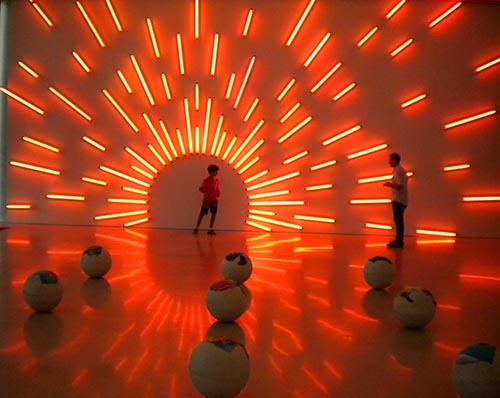
"Western Sun" immerses PAMM visitors with Gean Moreno's and Ernesto
Oroza's "Drywood" in the foreground (Abu-Fadil)
This creation by New Yorker Gean Moreno and Havana-born Ernesto Oroza, both Miami residents, is meant to "recall the generic spheres often used by urban planners as decorative obstacles with which to decorate pedestrian zones from car traffic."
Philadelphia resident Odili Donald Odita, a native of Nigeria, fuses his heritage in the colors of African tribal baskets, textiles and other decorative art objects with Western hard-edged abstract painting.
His bold cross-cultural pollination acrylic on canvas "In Between" represents "angular interlocking bands of color that appear in his paintings (that) can suggest anything from analog television signals to savanna-like landscapes."
Buenos Aires native Diego Bianchi certainly knows how to grab one's attention with his multi-part sculptural projects.
What I saw was a whole room filled with what seemed like junk. The display was so big I could only photograph parts of it at a time.
According to a description of the installation that literally went from floor to ceiling, and was very appropriately called WasteAfterWaste, Bianchi uses "found and manipulated materials, including defunct technologies or recently discarded commercial products, which reflects his interest in ideas of the unclean, the abject, and the wastefulness of contemporary commodity culture."
An ocean away, Paulina Olowska from Gdansk opens a window into Poland before the collapse of the Soviet bloc with her collage paintings.
"Rock and Rolla," one such acrylic and paper collage on canvas, is part of a series called Nowa Scene, in which she "plays with concert posters, record covers, graffiti, fashion photography, street signage and other visual materials from Polish popular media."
A sculpture garden, 67 hanging gardens and countless other art pieces from the 20th and 21st centuries are on display at the PAMM, that also serves as a visual arts education center.
Definitely worth a stop on my next visit.

